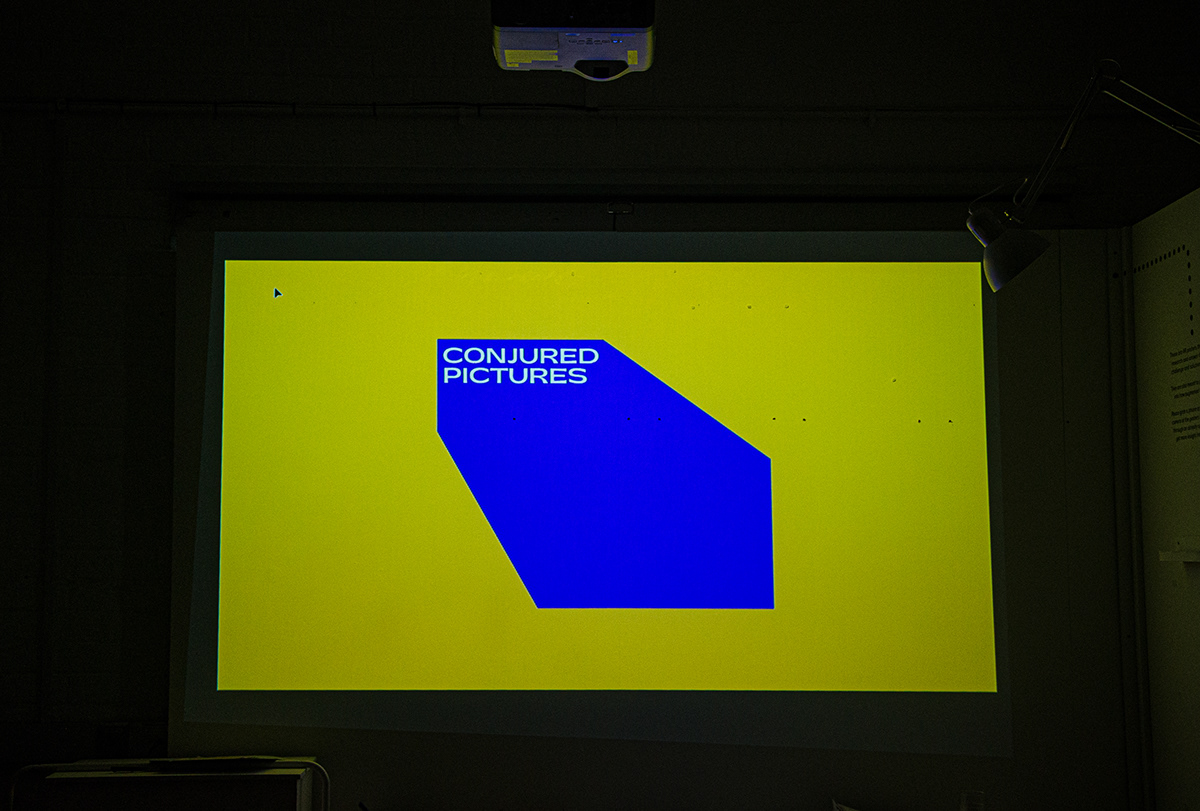
The relationship between typography and Film is one that has developed from the introduction of the very first films in the late 19th century. Initially this connection did not exist at the beginning due to the limited implementation of the genre not requiring such things as title sequences and end credits.

As the popularity of film grew, typography was integrated to credit those involved in the filmmaking as actors and directors could not introduce their films to numerous theatres across the world. This was the first example of how typography could be adopted into this medium, today this relationship is now a fundamental tool for film directors. The prime example of typography in film is the first aspect that introduces the movie to the audience – the title sequence. This section of the film conveys the themes, characters and tone of the storyline being depicted. It sets the scene for what it is to occur in the runtime by immersing the audience to the film’s fictional world.



This filmmaking component is a saturated conversation in Graphic Design academic writings, the immersion felt from the title sequences help the audience to be transported into the film itself. However, this dissertation aims to look beyond the introductory typography. It will discuss and analysis typography examples throughout the entire runtime of film – from title sequence to end credits – to discover if they too can be an immersive factor for the audience to experience.










